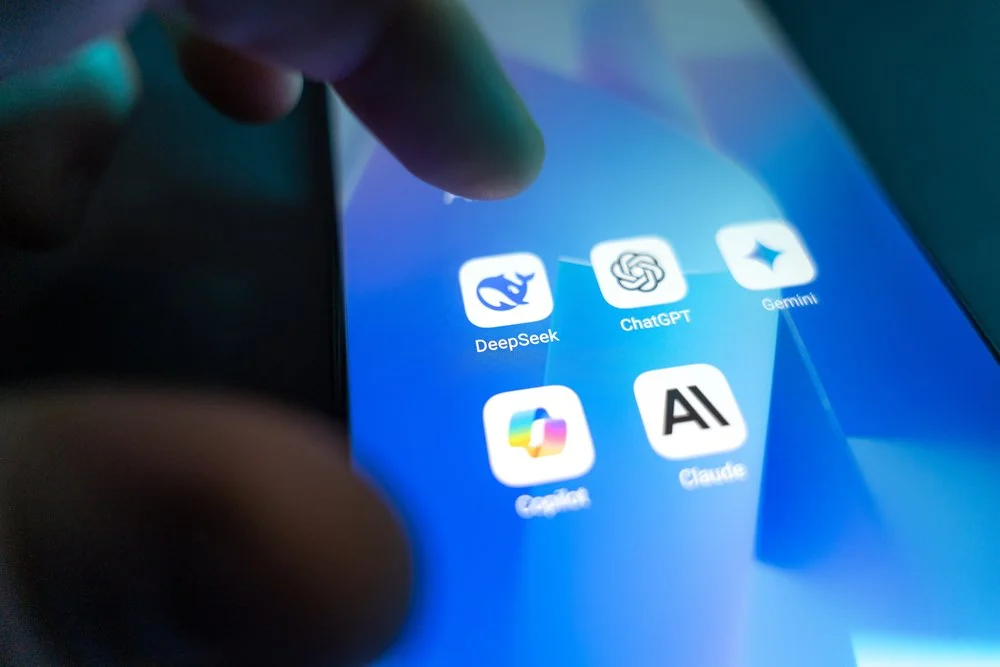10 Tips for Landing a Job as a Designer
Updated February 2024
Design is more than aesthetics; it's about communication, problem-solving, and looking at the world from different perspectives. If you're looking to start a career in the design world, you'll need the skills, technical knowledge, and industry expertise to succeed.
According to the Bureau of Labor Statistics, the employment of graphic designers is projected to grow 3% from 2020 to 2030, about as fast as the average for all occupations. This growth is primarily due to the continued demand for digital platforms, which has increased the need for designers to create visually appealing and user-friendly designs for websites, mobile apps, and social media.
Landing a job as a designer can be challenging, but there are a few tips you can follow to increase your chances. From creating a portfolio to networking and getting involved in internships, there are plenty of ways to showcase your skills and stand out from the crowd from the get-go.
10 Tips That Will Help You Land a Job as a Designer
Research Your Industry
Get to know the industry you want to work in. Whether you're interested in graphic design or web design, it's essential to familiarize yourself with trends and practices relevant to that industry. This approach will help you create a portfolio tailored to the specific field you're applying for.
One of the most significant advantages I've had as a website designer for nonprofits is that most of my career experience was in the nonprofit industry. As a result, I bring that perspective into my design and copywriting experience – a major advantage when competing for business from the sector.
2. Create a Portfolio
A portfolio is an essential component of any job application in the design field. It should contain examples of your work that demonstrate your unique design style and range of skills. Website builders like Squarespace make it very simple to showcase your portfolio online.
Ensure you include links to your portfolio on all your online profiles, such as LinkedIn, Instagram, etc., or a personal website, so it's easy to find.
3. Write a Great Resume
Next, you’ll want to use an online resume tool to create an incredible resume. Designers should make their resume look as great as their design work. If you need help figuring out where to start, go to ResumeBuild to create an optimized resume. Generally, a design resume should include a profile, an overview of your experience, education, and relevant skills.
4. Start Networking
Start networking by attending design events and workshops that help you connect with and meet potential employers in your industry. These events also allow you to discuss your skills and experience with professionals and learn about new opportunities.
5. Apply Online
Once you have a resume, portfolio, and a decent network, you are ready to apply for a design job online. It's helpful to double-check your online presence at this point, ensuring your portfolio website and social media profiles represent the very best version of you - it will be the first impression your potential employer gets. You can also use a blog to boost your search engine rankings - showcasing prior work, detailing case studies, or writing about interesting projects you've been a part of.
6. Become a Freelancer
According to studies, 90% of graphic designers work freelance, mostly because designers love the flexibility freelancing can bring. But if you're new to the industry, freelancing is a great way to gain experience, build your portfolio, and network with other professionals in the field until you land your full-time dream job.
7. Be Patient
Landing a job as a designer can take time. Many employers are looking for experienced designers and may need to invest in someone with experience, which is unfortunate but not all that uncommon. The only way to beat the competition is by standing out, which requires a unique skill set.
8. Be Reliable
While finding a talented designer is not difficult, hiring one who is reliable and talented is almost impossible. If you can complete tasks before the deadline 99% of the time, you already have a huge leg up on other designers, so make reliability and meeting expectations a standard of your work.
9. Negotiate Rates
It's tempting to go with the first job you find, but you still need to be paid a living wage. Take your time before accepting a job offer. Take the time to understand the scope of the job and try to negotiate for better conditions or pay.
10. Be Flexible
Employers often look for designers willing to take on short-term projects or try new techniques. Show that you're open to learning and growing as a designer, and you will be more attractive to potential employers. Always keep some time available for an unexpected design job, too!
Final Thoughts
Working in digital design can be a fulfilling and rewarding career choice for those passionate about creativity and problem-solving. And, with the rise of digital platforms, the need for visually appealing and user-friendly designs has increased dramatically. This demand for digital design has created plenty of job opportunities for skilled designers.
If you're looking for a job with a high degree of creative freedom, the flexibility of working remotely, and the opportunity to continuously learn and develop your skills, using these tips should help you land that first design job and give you momentum to keep going forward.
You might find these related posts helpful…






